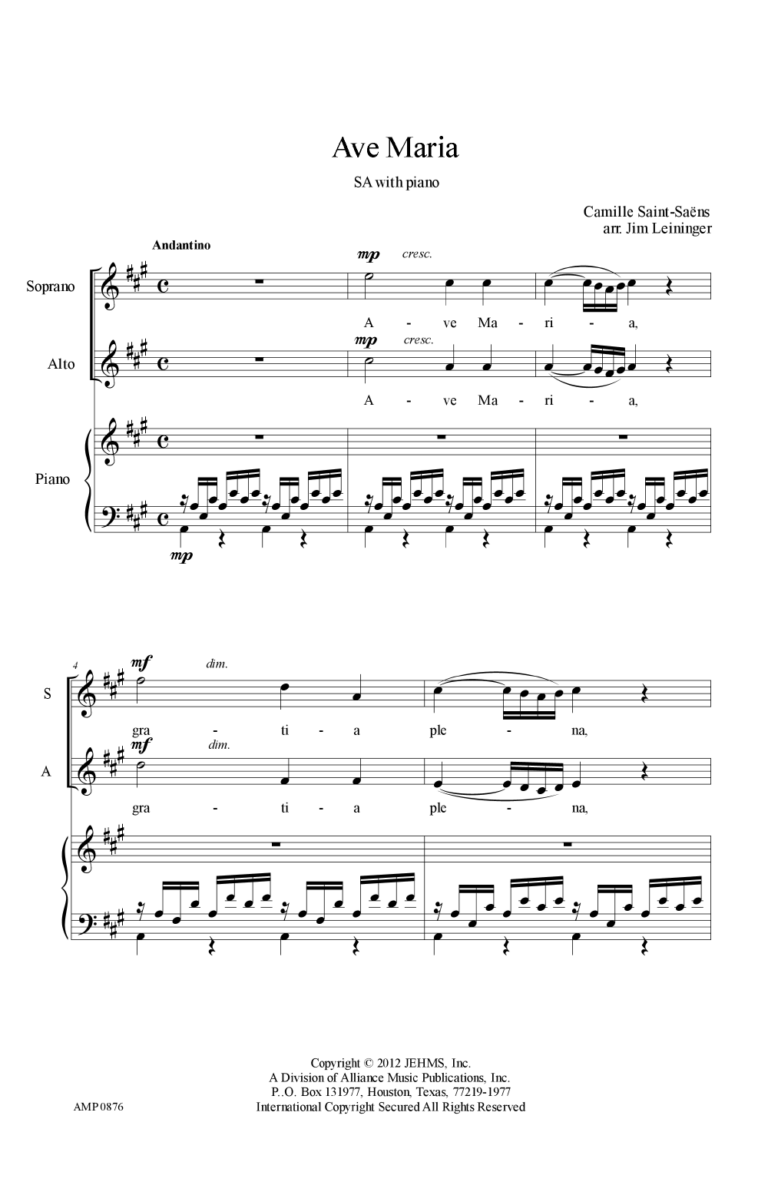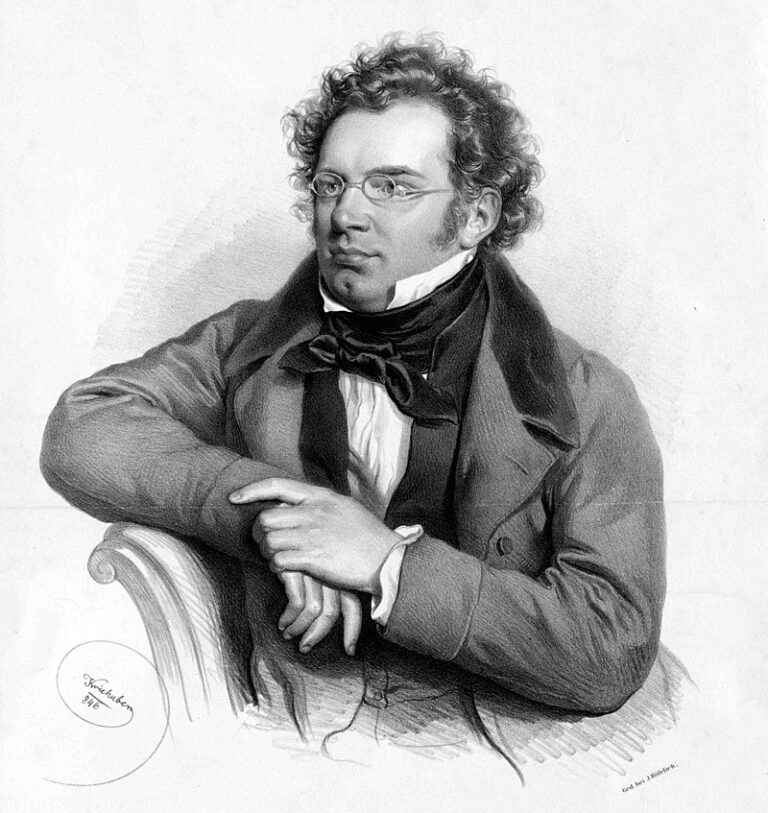The Algorithmic Muse: How AI is Assisting and Transforming the Art World

The conversation around Artificial Intelligence often sparks images of robots or complex algorithms. But what about its role in the inherently human world of art? Far from replacing human creativity, AI in art is emerging as a powerful assistant, a collaborative partner, and a source of boundless inspiration for artists, curators, and even collectors.
From generating novel ideas to streamlining workflows, AI is not just a tool; it’s a new dimension in the artistic process, opening doors that were once unimaginable.
AI as a Creative Assistant for Artists
Imagine having a tireless assistant that can analyze millions of images, understand artistic styles, and generate countless variations based on your input. That’s precisely what AI offers.
1. Idea Generation and Brainstorming
Feeling creatively blocked? AI models can be prompted to generate mood boards, style explorations, or even entire concepts from scratch. An artist might input keywords like “desert landscape,” “futuristic city,” and “ancient calligraphy,” and the AI can provide visual starting points that spark new directions. This allows artists to explore many more possibilities in less time.
2. Style Transfer and Enhancement
AI can take an existing photograph or drawing and apply the stylistic elements of another artwork – transforming a portrait into a Van Gogh-esque painting or a landscape into a Cubist masterpiece. This is not just about imitation but about experimentation, allowing artists to blend styles and create truly unique fusions. It also helps in refining existing works with AI-powered upscaling and detailing tools.
3. Tool Development and Workflow Optimization
For digital artists, AI-powered tools in software like Photoshop (e.g., content-aware fill, smart selections) automate tedious tasks, freeing up more time for creative decision-making. AI can also assist in generating intricate patterns, complex textures, or even character designs, allowing artists to focus on the overarching vision.
Expanding the Horizons for Curators and Galleries
The impact of AI in art extends beyond the creation process, influencing how art is discovered, curated, and presented.
1. Art Discovery and Analysis
AI can sift through vast archives of art, identifying trends, uncovering obscure connections between artists, or even helping to authenticate artworks by analyzing brushstrokes and material composition. This assists curators in discovering new talent and understanding the historical context of pieces.
2. Personalized Recommendations
Just like streaming services suggest movies, AI can analyze a collector’s preferences and recommend artworks or artists they might appreciate, fostering new connections between art and audience. This can also help galleries reach potential buyers with highly targeted suggestions.
3. Immersive Exhibition Experiences
Beyond VR (which AI can also help generate content for), AI can power interactive elements within exhibitions. Imagine an artwork that subtly changes based on the viewer’s gaze, or an audio guide that adapts its narrative based on your questions.
The Human Element Remains Paramount
It’s crucial to emphasize that AI does not replace the artist. Instead, it serves as an extraordinary co-pilot. The human artist retains the vision, the emotional depth, and the critical judgment. AI tools are extensions of the artist’s will, helping them to realize their ideas with unprecedented efficiency and to push the boundaries of what’s possible.
The Future of Art is Collaborative
As AI technology continues to advance, its role in the art world will only grow. We are entering an exciting era where algorithms are not just tools but muses, inspiring new forms of expression and transforming our understanding of creativity itself. The future of art is likely one where human ingenuity and artificial intelligence work hand-in-hand, crafting masterpieces we can only begin to imagine.



